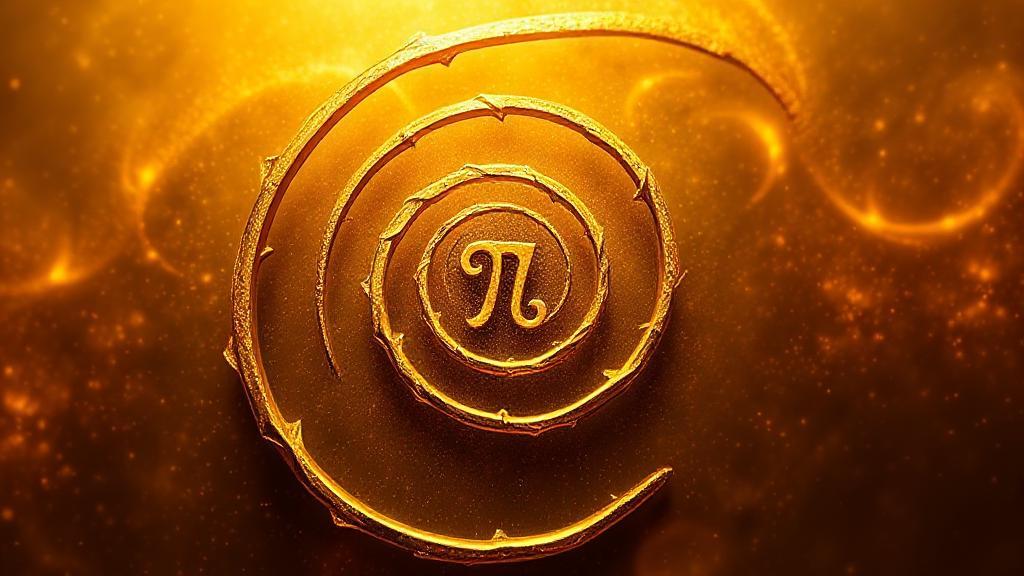Mathematical Definition and Properties
The number phi (φ), approximately equal to 1.6180339887, is an irrational number defined mathematically as the positive solution to the equation:
\[ x^2 = x + 1 \]
Which gives us:
\[ x = \frac{1 + \sqrt{5}}{2} \]
Phi has several fascinating mathematical properties:
- Reciprocal Property: The reciprocal of phi equals phi minus one (\( \frac{1}{\phi} = \phi - 1 \))
- Power Property: The square of phi equals phi plus one (\( \phi^2 = \phi + 1 \))
A line segment divided according to phi follows this relationship:
Natural Occurrences
Plant Growth
The golden ratio appears frequently in nature, particularly in plant patterns:
- Spiral arrangement of leaves around stems
- Seed head patterns in sunflowers
- Pine cone spiral formations
- Flower petals in Fibonacci numbers (lilies with 3 petals, daisies with 34 or 55)
Animal Kingdom and Beyond
Phi manifests throughout the natural world:
- Nautilus shell spiral growth
- DNA molecule proportions
- Hurricane spiral formations
- Galaxy arm patterns
For more on phi's occurrence in nature, visit this resource.
Applications in Art and Architecture
The Golden Ratio has been used extensively in art and architecture throughout history. The ancient Greeks allegedly used phi in the Parthenon's design, and Renaissance artists like Leonardo da Vinci incorporated it into works such as the "Vitruvian Man" and the Mona Lisa.
Modern Design Applications
Contemporary designers utilize phi in various ways:
- Header-to-content proportions
- Image sizing
- Typography scaling
- Negative space distribution
Scientific Significance
Mathematics
Phi appears in various mathematical concepts:
- Fibonacci sequence relationships
- Pentagonal geometry
- Fractal patterns
- Golden spiral mathematics
Physics
Researchers have found connections between phi and:
- Quantum mechanics
- Crystal structures
- Atomic resonance patterns
- Wave functions
Psychological Impact
Studies suggest humans have an innate preference for golden ratio proportions:
"Faces considered attractive often exhibit golden ratio proportions, and products designed using phi tend to be perceived as more appealing."
Practical Applications
Design Guidelines
When applying the golden ratio:
- Use it as a starting point, not a strict rule
- Adapt proportions to specific contexts
- Consider cultural and functional requirements
- Balance mathematical precision with practical needs
Tools and Resources
Modern designers can access:
- Digital golden ratio calculators
- Design software plugins
- Grid system generators
- Proportion verification tools
For more detailed mathematical information, visit this page.
While we should avoid over-attributing significance to phi, its persistent appearance in nature and practical utility in design make it a valuable concept worth understanding and applying thoughtfully.
